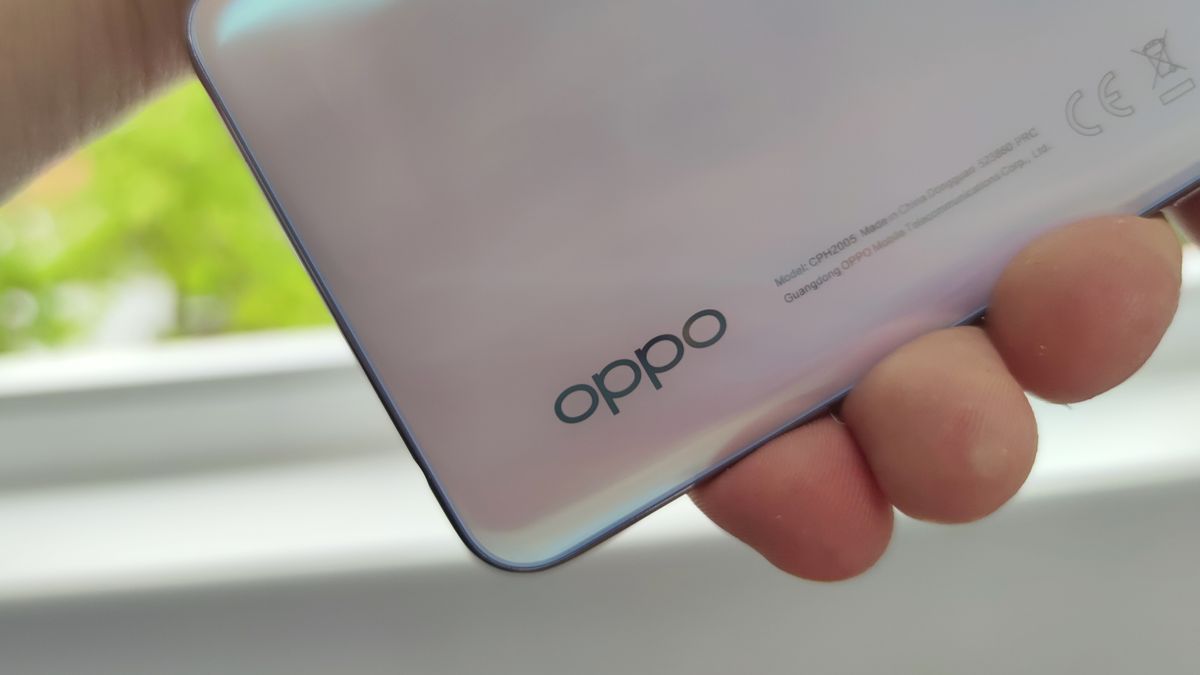Of the Chinese phone brands currently gaining popularity in the West, Oppo is notable – its range is increasing, with a wide range of smartphones reaching the most price points.
Of course, it’s not in the same league as Samsung or Apple, or even its Chinese competitors like Xiaomi and Huawei, but the popularity is definitely increasing, and we expect to see a lot of great things from the company in 2021 and beyond.
If you’ve a fan of premium smartphones, the best camera capabilities and screen innovations, it’s worth watching Oppo and the devices it launches.
To help you learn more about Oppo, this guide covers the history of the company, the phones it launched, and what we may see in the future of Oppo.
A brief history of Oppo

Oppo was founded in 2004, with its first products focusing on the audio market. The company continued to hold a finger in the audio and home theater pie.
In 2008, Oppo introduced its first mobile phone – a distinctive device due to the smile on its back. This was followed by the company’s first smartphone in 2011.
The brand has since seen continued growth and now sells products in about 40 different countries around the world.
Like Realme, OnePlus and Vivo, Oppo is also affiliated with the technological conglomerate BBK Electronics, and we often see Oppo many products similar to those of OnePlus, so it looks like the companies share R&D or production. Just compare the Oppo Find X2 Pro and OnePlus 8 Pro if in doubt.
Some of BBK’s other brands have distanced themselves from the conglomerate; Vivo, for example, claimed its independence from the company.
What phones does Oppo make?

In most countries, Oppo sells devices under three key lines; in others the company still has a few lines, but these are not widely available. We also saw some concept devices from the company, such as the Oppo X Nendo and Oppo X 2021.
At the top of the tree sits the Find X line, with the Find X3 series the flagship of the brand for 2021. Available in the Pro and Lite models, the phones offer specifications on the top screen, custom camera sensors from Sony, and it often holds high prices. The Lite models are usually cheaper.
Next up is the Reno series smartphones in the middle range, of which the Reno 5 series is the latest addition. It consists of ‘standard’, Pro and ‘Z’ (‘Lite’ in all but name) models, and takes the specifications and features of the Find X line, but in more affordable bodies.
The Reno devices are sporadically launched in different regions, or made available in only one country, and later sold elsewhere with custom specifications. We’ve also seen Reno phones renamed as Find X devices, which are sold in the lines as mid-spec models, so it can get a little confusing.
Lastly, we have the Oppo A phones. These devices usually have decent sized screens, spacious batteries and low prices. There have been good and bad Oppo A phones, but if you are looking for a cheap and cheerful device, you can do much worse.
Oppo Phone Availability Information

Oppo sells its devices in the UK, in European countries such as Italy, France and Germany and in Australia. However, it did not sell smartphones in the US for a good few years, although some of the early smartphones got releases there.
The Oppo Find X phones follow an annual release pattern with revelations around March. In the past, this has usually coincided with the annual technology show, MWC.
Oppo Reno phones are released about twice a year, but they are not in stone. Since its launch in mid-2019, the Oppo Reno range has had five generations. It’s hard to say exactly when we’ll see each new rule, especially since the company may be spawning launches in different regions.
There is no concrete release pattern for Oppo’s A-Series devices, although we’ve seen a new model every few months in the past.
Other technologies that Oppo sells

As mentioned, Oppo is an established name in the audio device market and sells wireless and true wireless headphones along with its range of smartphones.
To date, the company has also introduced one smartwatch, called the Oppo Watch, and we will probably see more such devices in the future.
